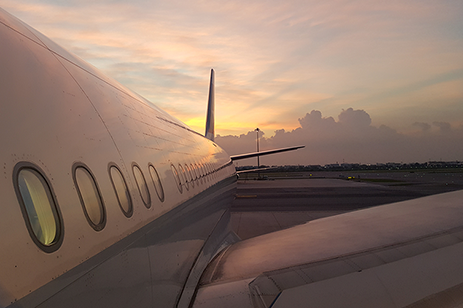
Most people are familiar with flight recorders, often called “black boxes”, that are immediately sought following an aircraft crash. These crash-survivable units have helped improve aviation safety since their introduction in the 1950s, providing vital information to ensure that, in the event of an accident, investigators can learn more about the chain of events leading up to it.
From this, they may be able to make recommendations to help lower the risk of similar incidents occurring in the future. However, what a lot of people may not know is that not all aircraft are required to carry flight recorders.
Commercial airlines often use two types of flight recorders – a flight data recorder (FDR) and a cockpit voice recorder (CVR) – for different functionality. These functions can also be combined into a single unit, which is often more desirable on smaller aircraft to help reduce size and weight requirements, and indeed on larger aircraft to enhance redundancy (as a failure in one unit can be temporarily covered in the other until the aircraft can be scheduled for maintenance).
However, according to the Federal Aviation Administration (FAA), aircraft with six or fewer seats require no recorder of any kind, while those with 10 or fewer require only a CVR. Additionally, the aircraft’s application is an important criterion for understanding what is required in terms of flight recorders. Despite these regulations, the large number of people who possess aircraft without recorders, as well as the increasing amount of accidents involving light aircraft, may pose as a challenge in uncovering causes during investigations.
There are three main types of flight recorders used today, these can be broken down into the following categories:
- Non-crash protected flight recorder
- ED-155 crash protected flight recorder
- ED-112A crash protected flight recorder